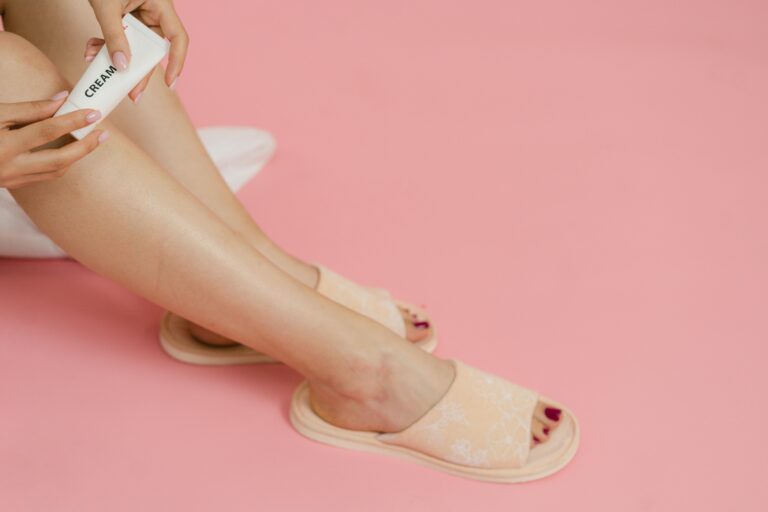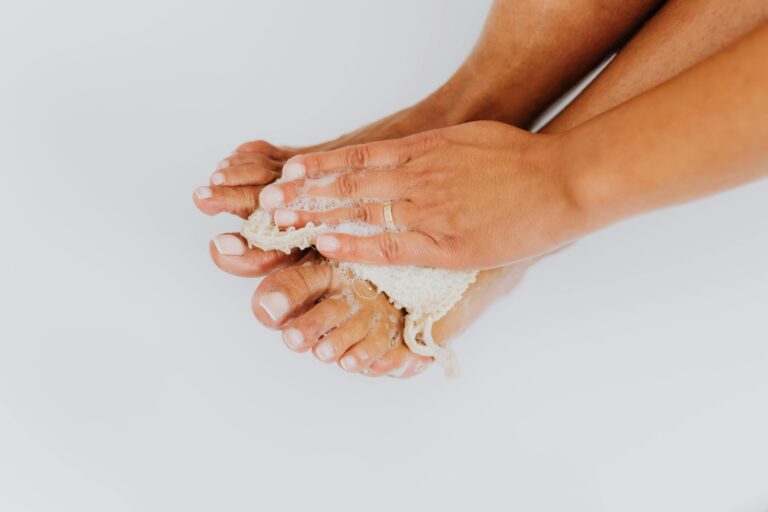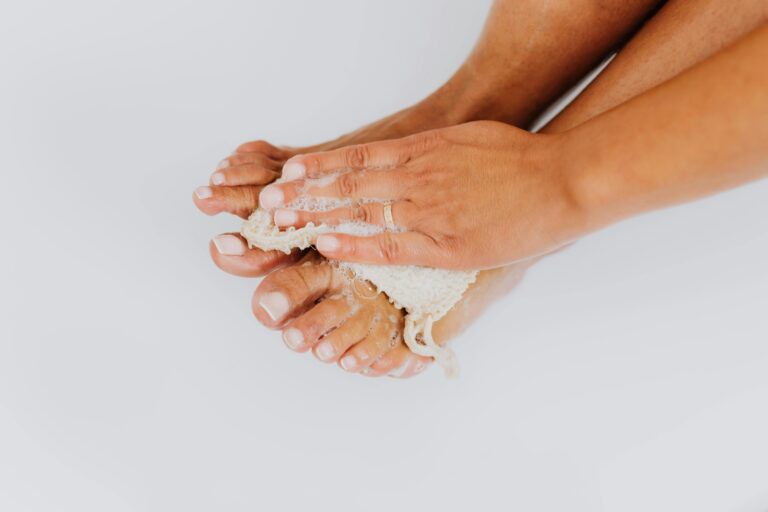Dealing with calluses and cracked heels can be more than just a cosmetic concern; it can also cause discomfort and affect your overall foot health. Choosing the right foot cream is crucial for treating and preventing these issues effectively.
With so many products available, it can be challenging to find one that meets your needs. This guide will help you navigate the options and select a foot cream that delivers the relief and results you’re looking for.
Key Ingredients to Look For
When selecting a foot cream for calluses and cracks, it’s essential to pay attention to the ingredients. Here are some key components that can make a significant difference:
1. Urea
Urea is a powerful humectant known for its ability to attract and retain moisture. It helps soften and break down thickened skin, making it ideal for treating calluses and cracks. Look for creams with a concentration of 10-30% urea for effective results.
2. Salicylic Acid
Salicylic acid is a keratolytic agent that exfoliates the outer layer of skin. It helps to remove dead skin cells and reduce the buildup of calluses. Foot creams containing 2-10% salicylic acid can effectively address thickened skin.
3. Lactic Acid
Lactic acid, an alpha-hydroxy acid, helps exfoliate and hydrate the skin. It is gentler than salicylic acid and is beneficial for those with sensitive skin. Look for foot creams with 5-10% lactic acid for optimal results.
4. Shea Butter
Shea butter is a rich, natural moisturizer that nourishes and softens the skin. Its high fat content helps repair and protect the skin barrier, making it an excellent choice for dry, cracked heels.
5. Tea Tree Oil
Tea tree oil has natural antifungal and antiseptic properties. It can help prevent infections and soothe irritated skin. Foot creams with tea tree oil can be especially useful if you are prone to fungal infections or have inflamed skin.
Choosing the Right Formulation
The formulation of a foot cream can impact its effectiveness. Consider the following aspects when choosing a product:
1. Cream vs. Ointment
- Creams: Generally lighter and easier to apply. They are suitable for daily use and can be absorbed quickly.
- Ointments: Thicker and more moisturizing. They are ideal for intense treatment, especially for very dry or cracked skin.
2. Fragrance-Free vs. Scented
- Fragrance-Free: Better for sensitive skin to avoid potential irritation from artificial fragrances.
- Scented: Provides a pleasant experience but may not be suitable for everyone, especially those with fragrance sensitivities.
3. Additives
Look for creams that are free from harsh chemicals, parabens, and artificial colors. Opt for products with natural and soothing ingredients that enhance the overall health of your skin.
Application Tips
Proper application is key to achieving the best results from your foot cream. Follow these tips for effective use:
1. Cleanse Your Feet
Before applying foot cream, wash your feet thoroughly to remove dirt and impurities. This ensures that the cream can penetrate the skin more effectively.
2. Exfoliate Regularly
Exfoliating your feet once or twice a week can help remove dead skin cells and enhance the effectiveness of your foot cream. Use a pumice stone or foot scrub to gently exfoliate.
3. Apply Generously
Apply a generous amount of foot cream to the affected areas, focusing on calluses and cracks. Massage the cream in using circular motions to improve absorption.
4. Use at Night
For best results, apply foot cream before bedtime and wear cotton socks overnight. This allows the cream to work while you sleep, providing maximum hydration and repair.
5. Be Consistent
Consistency is key when treating calluses and cracks. Apply foot cream daily to maintain healthy skin and prevent the recurrence of these issues.
Conclusion
Choosing the right foot cream for calluses and cracks involves understanding the key ingredients, selecting the appropriate formulation, and following effective application tips. By focusing on products with proven ingredients like urea, salicylic acid, and shea butter, and applying them correctly, you can achieve smoother, healthier feet. Regular use of a quality foot cream will not only address existing issues but also help prevent future problems, ensuring that your feet remain in top condition.
Frequently Asked Questions (FAQs)
1. How often should I apply foot cream for calluses and cracks?
For best results, apply foot cream daily. Consistent use is crucial for effective treatment and prevention of calluses and cracks.
2. Can foot cream be used on other parts of the body?
While foot creams are formulated specifically for feet, many of the same ingredients can be beneficial for other dry or rough areas of the body. However, if you have sensitive skin or specific concerns, consider using a product designed for those areas.
3. Are there any side effects to using foot cream with salicylic acid?
Salicylic acid is generally safe when used as directed. However, it can cause irritation or dryness in some individuals. Start with a lower concentration and monitor your skin’s reaction. If you experience severe irritation, discontinue use and consult a dermatologist.
4. Can I use foot cream if I have diabetes?
If you have diabetes, it’s essential to consult your healthcare provider before using new skincare products. Foot care is crucial for individuals with diabetes, and your provider can recommend products that are safe and effective for your specific needs.
5. What should I do if my foot cream isn’t working?
If your foot cream isn’t providing the desired results, consider trying a different product with a higher concentration of active ingredients or different formulation. Additionally, ensure that you are following proper application techniques and maintaining a consistent routine. If issues persist, consult a dermatologist for personalized recommendations.



